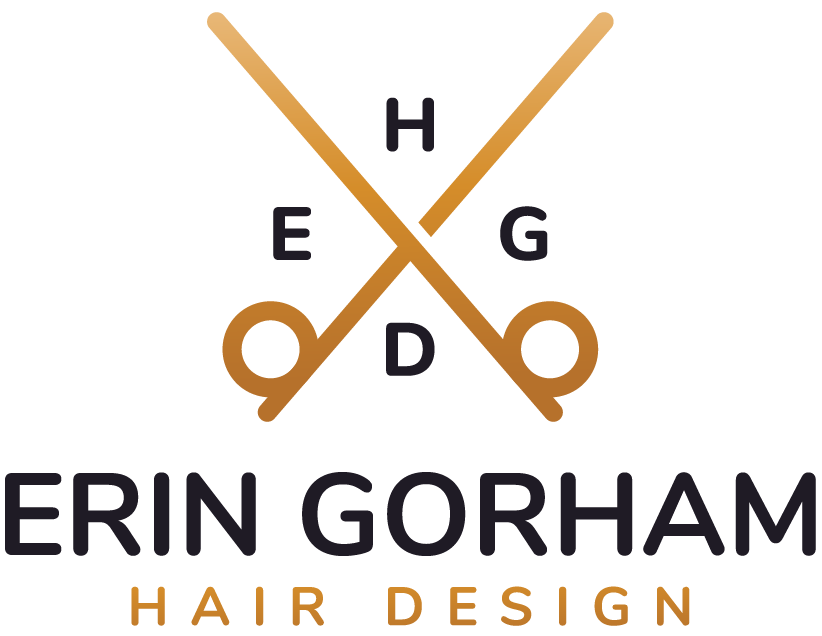
frequently asked questions
How frequently should I wash my hair?
It is recommended that clients go as long as possible between shampoos. That does not mean that you can’t get it wet—you can even condition it. Shampoo can be drying for hair if done in excess and can contribute to color fading.
When shampooing, we always want to apply shampoo to the scalp, where the oils are secreted. Think of it more as a “scalp wash” rather than a “hair wash.”
Living in Central Oregon, where it is extremely dry, it is recommended my clients wash their hair:
– Once every 3 – 7 days for normal hair
– Once every 3 – 5 days for oily hair/scalp
– Once every 3 – 10 days for dry hair
Dry shampoo is an excellent product to use in between shampoos to absorb excess oils in the hair. It prolongs the life of your style, requiring less frequent shampooing, and can be used every day if desired. If you’re shampooing too frequently, ditch a wash day and replace it with dry shampoo. Your hair and your color will thank you.
How do I shampoo my hair?
We always want to apply shampoo directly to the scalp when shampooing the hair. It can help to part the hair to expose the scalp, ensuring that shampoo is not applied directly onto the hair. Once the shampoo is evenly applied to the scalp, gently exfoliate by massaging with your fingertips. Once you have massaged the shampoo onto the entire scalp, you can pull it through the ends, then rinse. After rinsing, repeat this step a second time.
When shampooing, we want to shampoo the scalp twice. The first cleanse removes most of the dirt, oils, and styling product. By rinsing those dirty molecules out of the hair and repeating the process, we can use the second shampoo to deep clean the scalp. Not shampooing twice can cause the hair to feel greasy faster in between shampoos.
Now, this does not mean we use twice as much shampoo. We are supposed to run out of shampoo and conditioner simultaneously. So how much should you use? The total amount of shampoo should equal the total amount of conditioner you use. Only when shampooing, break that amount into half and do it twice.
The first time you shampoo, you should not notice many bubbles. The shampoo molecule is essentially too busy “working” to party it up with bubbles. However, the second time you shampoo, you will notice more bubbles. That is because the hair had less dirt/oils in it.
Let us say, for argument’s sake, you shampoo the hair a third time. You would notice all bubbles. This means the shampoo molecule didn’t have any work to do, so it threw a bubble party. Bubbles mean the hair was clean, and it didn’t need that last shampoo.
If you were only to shampoo the hair once but use twice as much shampoo, it would not get as clean as shampooing twice, with less product. So if you want to get more days out of your shampoo while using less product, shampoo twice.
Is it possible to use too much protein on my hair?
Over-proteinization occurs when too many protein treatments are used on the hair. This can make the hair feel rough, brittle, and lacking shine. It is recommended to alternate moisture-based conditioning treatments with your protein treatments to keep this from happening. It will also help to occasionally use a clarifying shampoo to remove protein build-up on the hair.
Protein is great to help repair the hair structure after the damage has occurred. This can be from chemical damage such as a lightening service or thermal damage caused by hot tools. Unless your hair has been damaged (either slightly or largely), protein treatments are not typically recommended for clients as they are unnecessary.
How important is thermal protectant?
Would you reach into an oven and pull out a hot dish without an oven mitt on? Of course not. Hair and skin are made up of the same protein called keratin. The only difference is that the tissue on your skin is still alive, while your hair strand isn’t. That is why it doesn’t hurt when we get our hair cut.
Hot irons can be in excess of 350 degrees which is the same temperature as the oven. Thermal protectants essentially act as the “oven mitt,” absorbing and deflecting the heat, so your hair doesn’t take it all on. Now, occasional styling without a thermal protectant won’t be the world’s end. However, over time, it can cause significant damage.
Hair, on average, grows half an inch per month. If your hair is collarbone length, those ends could have been with you for two and a half years. Over time, unprotected heat styling can cause damage. Some thermal protectants come with additional benefits such as UV protection, hold, and shine.
Every time you apply heat to the hair, a thermal protectant should be used. This product truly is an investment in your hair’s overall protection and luster.
Why should I purchase my products from the salon?
When you purchase products from the salon, two things happen: you show your support to your stylist as the professional who made the recommendation, and you are guaranteed the quality of the product you are buying.
When you purchase a product from a non-reputable retailer such as a grocery store or some online avenue, you cannot be guaranteed authenticity, freshness, or potency. Most often, purchasing this way does not equal a discount in price either. Even if it did, you still spend a substantial amount on something that cannot be guaranteed. Some professional haircare products even say “only guaranteed when sold by a professional hairdresser” on them. Non-licensed retailers selling professional haircare is called “diversion.”
When you purchase products from the salon, you are supporting a local business and your stylists’ continuing education. Erin attends regular classes and stays up to date on the products she carries to make personalized recommendations. Your purchase directly supports her continuing education, allowing her to offer unique and tailored services and product recommendations. Besides, if you are going to purchase the product anyway, you are already at the salon, so save yourself a trip.
How important is pre-booking my next appointment?
It’s an unfortunately common situation where clients don’t prebook their next appointment and say “I’ll call you when I’m ready.” The trouble with this is usually the client waits until after they’re ready. They wait until they have bad hair days, and they can’t take it anymore and the emergency call comes through asking, “how soon can you get me in?” At this point, it could be a few weeks until there is availability, and the client is forced to wait that much longer.
If you know your schedule far enough in advance and can prebook, it is highly recommended that you do so. It can cut down on frustration with scheduling later and bad hair days. The goal is to schedule your maintenances to keep in front of this. Of course, things come up, and sometimes appointments need to be rescheduled. At least this way, you have a reminder of when you’re due and can reschedule for a more convenient time.
Prebooking leads to peace of mind knowing you have a reservation, and it’s taking something off your future to-do list. So make that appointment, and your future self will thank you.
What is balayage?
Balayage is a highlighting technique that often gets confused with dimensional-blonding. Balayage is a French word that means “to sweep.” When getting a balayage service, the lightener is painted directly onto sections of the hair using a sweeping motion. Balayage is a highlighting technique used to create soft, lived-in color with little maintenance. It is an “open-air” technique, and foils are not used.
For looks inspired by balayage but with more contrast, a “foilayage” technique can be used. This technique follows balayage color placement with traditional highlighting techniques, and sections are placed inside foil for incubation and higher lift.
In summary, balayage is a technique. If you have a specific look in mind, Ask if you have any questions!
